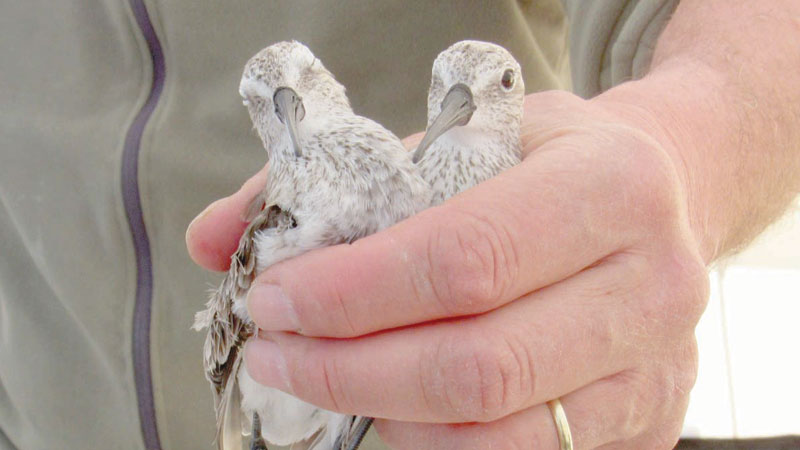

Muscat, April 10 -
The coast of Oman played home to over 300,000 migratory birds belonging to 80 different species during the spring season, a survey has found.
The survey was conducted in March by experts from the International Wetlands Organization, the Netherlands, in cooperation with the Ministry of Environment and Climate Affairs and Shell Oman in the Wetlands Reserve in Al Wusta Governorate.
It was declared a Wetlands Reserve as per Royal Decree 51/2014.
The study revealed a decrease in the number of birds in March compared with January 2017.
The number of Sand Polver birds decreased by 80 per cent, Sanderling by 50 per cent and Crab Plover by 90 per cent. On the other hand, the number of Common Sandpiper increased by 400 per cent.
Bar al Hakman is a peninsula at Al Wusta Governorate, located within the Wetlands Reserve, where 40 types of birds live.
They include endangered birds under the IUCN (International Union for Conservation of Nature) Red List.
Eighteen species of birds were classified as those exceeding one per cent of the total migratory birds that used the migration path of Asia and Eastern Africa, said the survey.
These include Crab Plover, Oyster, Kentish Plover, Lesser and Greater Sand Plovers, Sanderling, Curlew Sandpiper, Little Stint, Common Redshank, Common Greenshank and Terek Sanpiper.
“Wetlands Reserve has the largest gathering of Great Flamingo in the Sultanate,” it said.
Bar al Hakman has become a hub of activity, with volunteers and experts from international organisations studying/counting the number of water birds since the mid-eighties.
Because of its coastal and inland plains of salt and mud flats, the area has gained ‘scientific importance’. It is one of the most important stops for thousands of birds, including seagulls, terns and flamingo, for feeding, resting and reproduction.
“We believe sustainable growth cannot be achieved without preserving environment and conserving resources,” said Muna al Shukaili, Director-General of External Affairs, Shell Development Company.
Al Shukaili praised the cooperation from MoECA, Wetlands International and experts in achieving the “common goal of protecting natural habitats and ecosystems” in the Sultanate.
Sulaiman bin Nasser al Akhzami, Director-General of Nature Conservation at MoECA, said: “Wetlands Reserve is one of the most important and vital environments because of its biodiversity and its economic, tourism and social importance.”
Eleven experts from the Netherlands compiled and analysed the data, providing valuable inputs for bird protection.
This information will get further boost through efforts of the ministry in including the reserve within the Ramsar Convention in the Sultanate, which has international importance.
It raises awareness about the role of the reserve as an ecosystem for aquatic birds, and other land and marine organisms on which they depend.
Ward Hagemeijer, Head of the Biodiversity and Ecological Networks Programme of Wetlands International, said: “We collected information that is very important to help manage Wetlands Reserve, conserve its resources and natural treasures. We plan to further study other species of birds in the near future.”
Oman Observer is now on the WhatsApp channel. Click here



